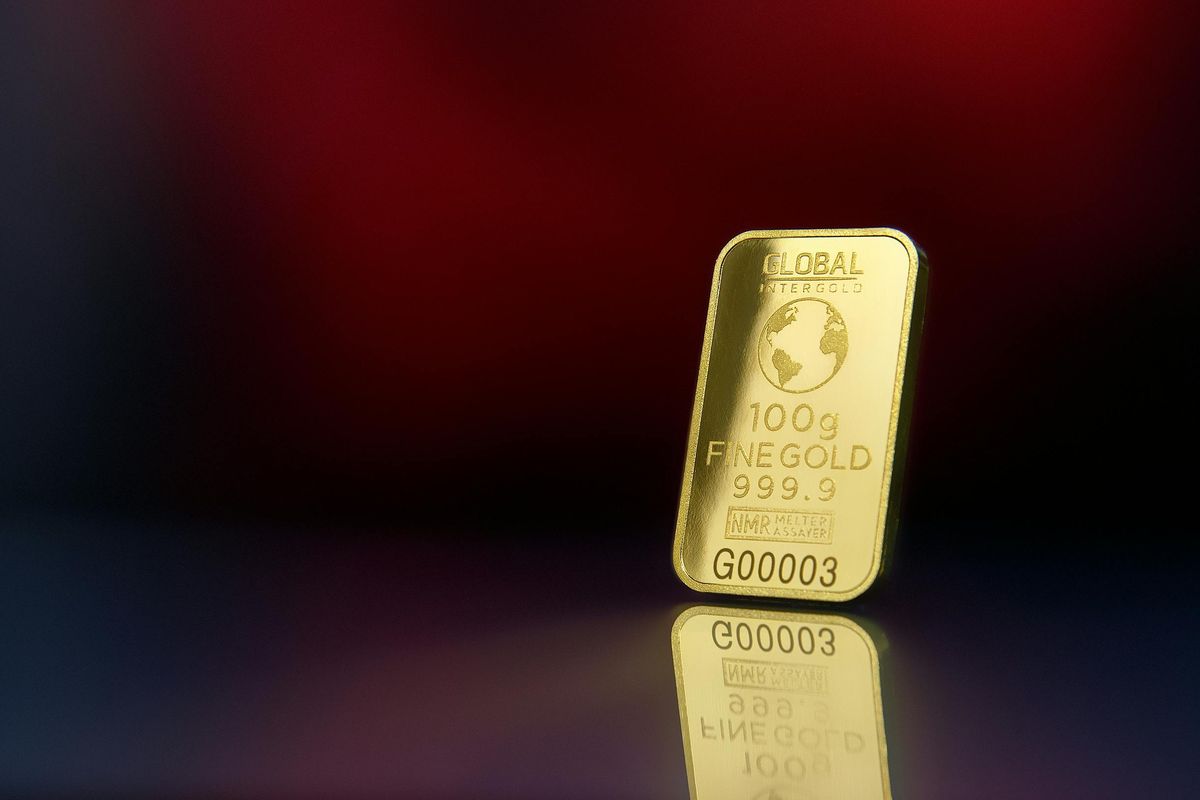In recent developments, global trade tensions—particularly between the United States and China—have shown signs of easing. As a result, investor sentiment is gradually shifting away from safe-haven assets like gold. According to analysts, this new geopolitical landscape could trigger a softening in gold prices in the coming weeks and months.
While gold has long been a go-to asset during uncertain times, a cooling trade war often reduces the urgency for hedging, thus affecting demand and prices.
Gold’s Role as a Safe-Haven Asset
Historically, gold prices have surged whenever economic or political risks escalate, especially during periods of uncertainty in international trade. Investors tend to flock to gold to preserve capital and hedge against inflation or currency depreciation.
However, when the global outlook stabilizes—such as with the thawing of trade disputes—investors usually reallocate their assets into riskier but higher-yielding options, such as equities or bonds. Consequently, this shift in asset allocation causes gold prices to level off or even decline.
What Analysts Are Saying
Financial experts predict that if the trade war continues to de-escalate, gold prices could dip below key resistance levels. Some projections indicate a potential slide to around $1,850 per ounce, compared to recent highs nearing $2,000 per ounce.
“Gold thrives on uncertainty. As trade relations improve and global growth outlooks become more optimistic, the pressure on gold prices increases,” says one senior commodities strategist.
Nonetheless, it’s important to note that short-term volatility can still occur, particularly if there are sudden changes in central bank policies or unexpected geopolitical events.
Factors That May Influence Gold Going Forward
Even though easing trade tensions are currently the main driver, several other factors could influence the future direction of gold prices:
- Inflation Rates – If inflation remains stubbornly high, gold may retain its appeal as a hedge.
- Interest Rates – Higher interest rates generally reduce the attractiveness of gold, which doesn’t offer yield.
- U.S. Dollar Performance – A stronger dollar often means weaker gold prices, and vice versa.
- Global Economic Growth – Signs of strong growth could further dampen gold demand.
Therefore, while the outlook may suggest a softening, it’s essential for investors to consider a range of economic indicators before making decisions.
Should You Buy, Hold, or Sell Gold?
For long-term investors, gold still holds value as a strategic diversification tool. However, for short-term traders, the current trend could indicate a selling opportunity, especially if gold fails to hold above technical support zones.
Those considering buying should wait for confirmation of price stability or further corrections. On the other hand, investors already holding gold might consider rebalancing their portfolios to account for shifting global dynamics.
Conclusion: A Turning Point for Gold?
In summary, the de-escalation of the trade war is a positive signal for global markets—but a bearish one for gold prices. As stability returns, risk appetite grows, leading investors to explore more aggressive asset classes.
While gold may see a near-term dip, its long-term value remains intact—especially in a world where economic shocks can still arise unexpectedly.








